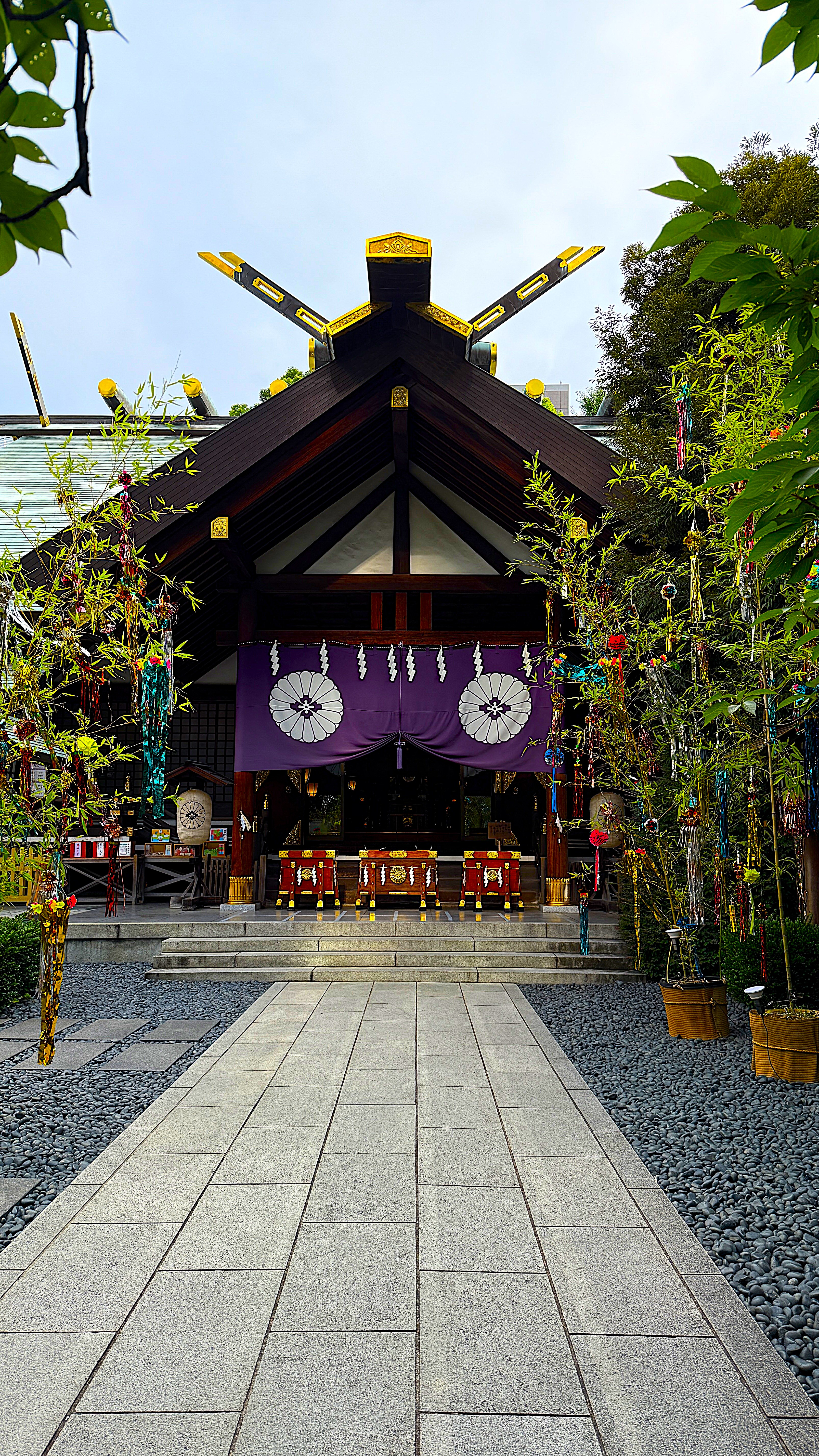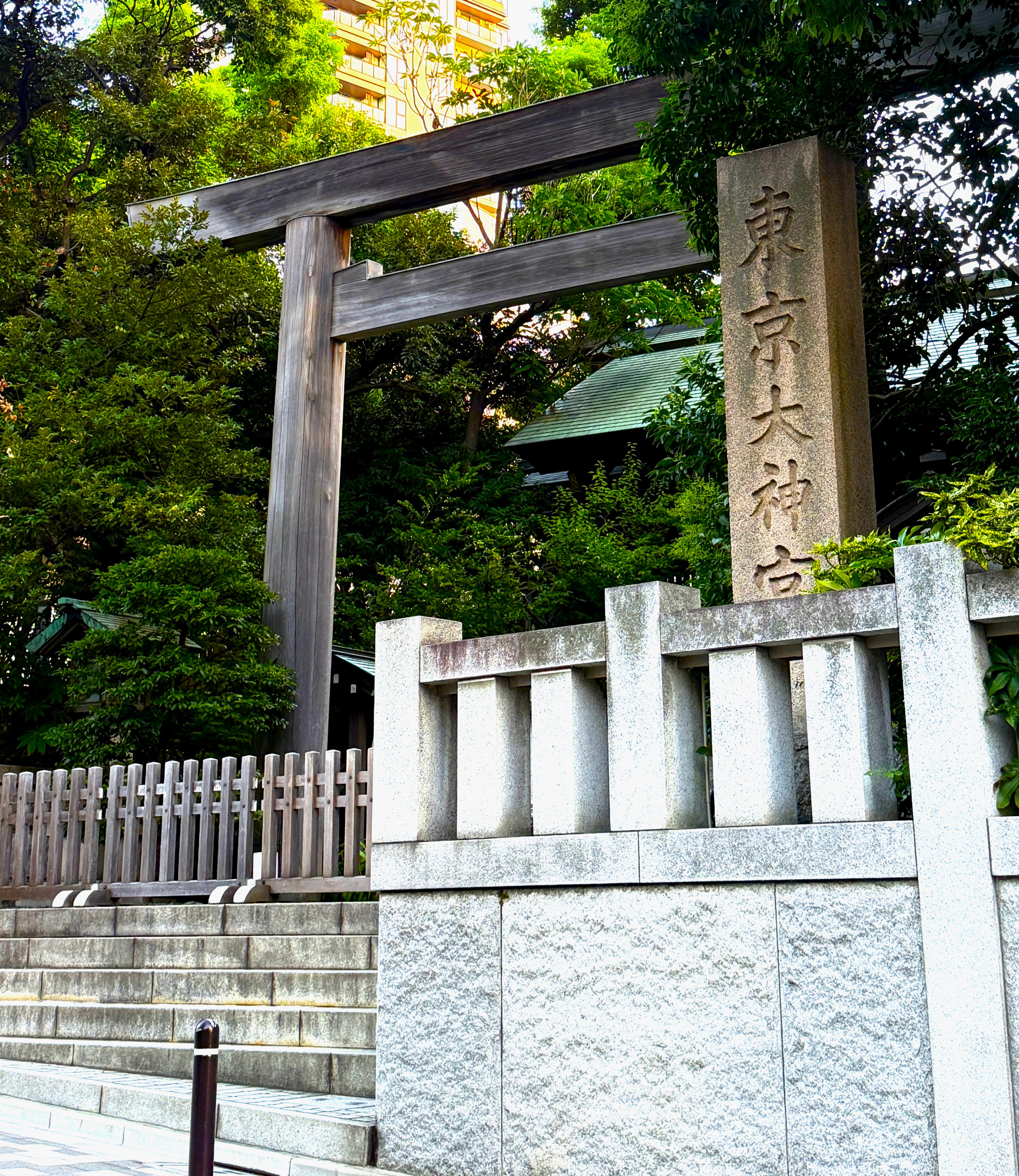Tokyo Daijingu (東京大神宮) stands as one of Tokyo’s most significant spiritual destinations, offering visitors a unique glimpse into Japanese religious culture and tradition. Often referred to as “Tokyo’s Ise Shrine,” this sacred site holds special importance for both locals and international visitors seeking spiritual experiences in Japan’s capital.
Historical Significance
Established in 1880, Tokyo Daijingu was created to allow Tokyo residents to worship the deities of Ise Jingu, Japan’s most sacred shrine, without undertaking the long journey to Ise City. This accessibility made it a popular destination for spiritual seekers in the capital region.
The shrine gained particular fame in 1900 when it became the birthplace of the modern Shinto wedding ceremony. This historical milestone established Tokyo Daijingu as a premier destination for couples seeking traditional Japanese wedding blessings and for individuals hoping to find love and marriage.

Spiritual Practices and Traditions
Tokyo Daijingu is dedicated to the three deities of creation, believed to possess the power to connect all elements of the universe. This spiritual foundation makes the shrine particularly effective for “en-musubi” (縁結び), or matchmaking blessings.
Visitors can participate in several traditional practices to enhance their spiritual experience:
Koi-mikuji (恋みくじ): These special fortune slips focus specifically on love and relationships, providing personalized guidance for visitors’ romantic lives.
En-musubi Suzuran Mamori (縁結び鈴蘭守): Beautiful bellflower-shaped charms believed to bring happiness and positive connections to those who carry them.
Musubi-fuda (結び札): Unique wooden tags split into two halves. Visitors write their names on one half and leave it at the shrine while keeping the other half as a personal charm.
Proper Shrine Etiquette
Understanding proper shrine etiquette enhances the spiritual experience and shows respect for Japanese religious traditions:
- Torii Gate Respect: Bow once when entering and exiting the sacred red gate
- Purification Ritual: Use the temizuya (手水舎) to cleanse hands and mouth before approaching the main hall
- Path Courtesy: Walk along the sides of the path, as the center is reserved for deities
- Prayer Protocol: At the main hall, offer a coin, then perform the traditional “ni-rei ni-hakushu ichi-rei” ritual: two bows, two claps, one final bow
Practical Information
Location: 2-4-1 Fujimi, Chiyoda-ku, Tokyo
Nearest Station: Iidabashi Station (飯田橋駅)
Access: 5-minute walk from Iidabashi Station
Best Time to Visit: Early morning or late afternoon for fewer crowds
Recommended Duration: 30-45 minutes for a complete experience
Cultural Significance
Tokyo Daijingu represents the perfect blend of historical tradition and contemporary spiritual practice. For foreign visitors, it offers an authentic experience of Japanese religious culture without the crowds often found at more tourist-heavy locations.
The shrine’s focus on love and relationships makes it particularly appealing to couples and individuals seeking spiritual guidance in matters of the heart. The peaceful atmosphere and beautiful architecture provide a serene escape from Tokyo’s bustling urban environment.
Planning Your Visit
Consider visiting during weekdays to avoid weekend crowds, especially during peak wedding seasons. The shrine is particularly beautiful during cherry blossom season in spring and when decorated for traditional festivals throughout the year.
For those interested in Japanese culture and spirituality, Tokyo Daijingu offers an accessible introduction to Shinto practices and beliefs. The shrine’s staff are generally welcoming to international visitors and can provide basic guidance on proper etiquette and procedures.
